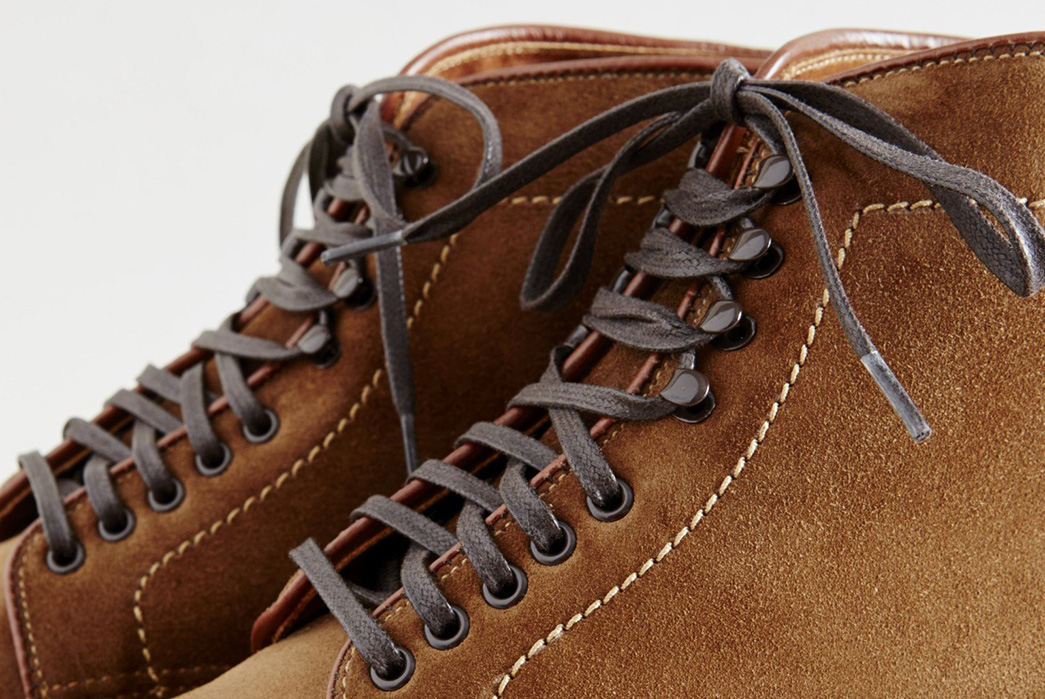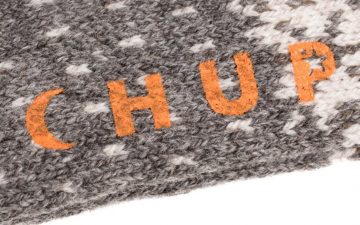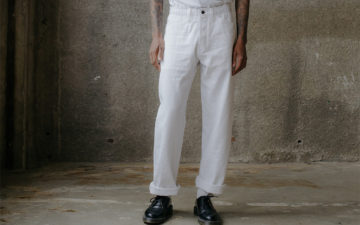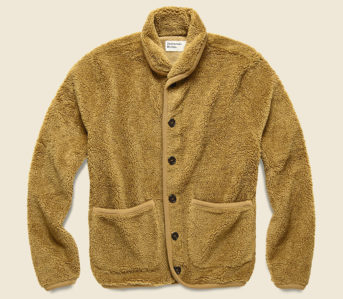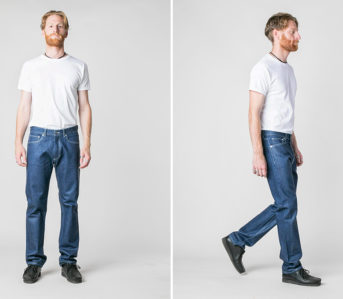Unless your footwear exclusively consists of loafers and Chelsea boots, lacing up your shoes in the morning is a vital part of getting dressed. But this everyday task wouldn’t be possible without eyelets. Eyelets are usually holes in a shoe through which shoelaces are threaded, allowing the shoes to be tightened. Eyelets are found at the throat of the shoe which is located along the top of the foot. If that still doesn’t make sense, don’t worry. Here’s a primer on shoe anatomy and terminology for you.
Maybe you’ve never noticed eyelets before, let alone knew they had a name. Now that you do, you might like to know that there are a few different types of eyelets. They all perform the same basic function—holding the shoelaces in place so that the shoes can be tightened—but each type of eyelet has its own advantages and disadvantages. Here they are.
Punched
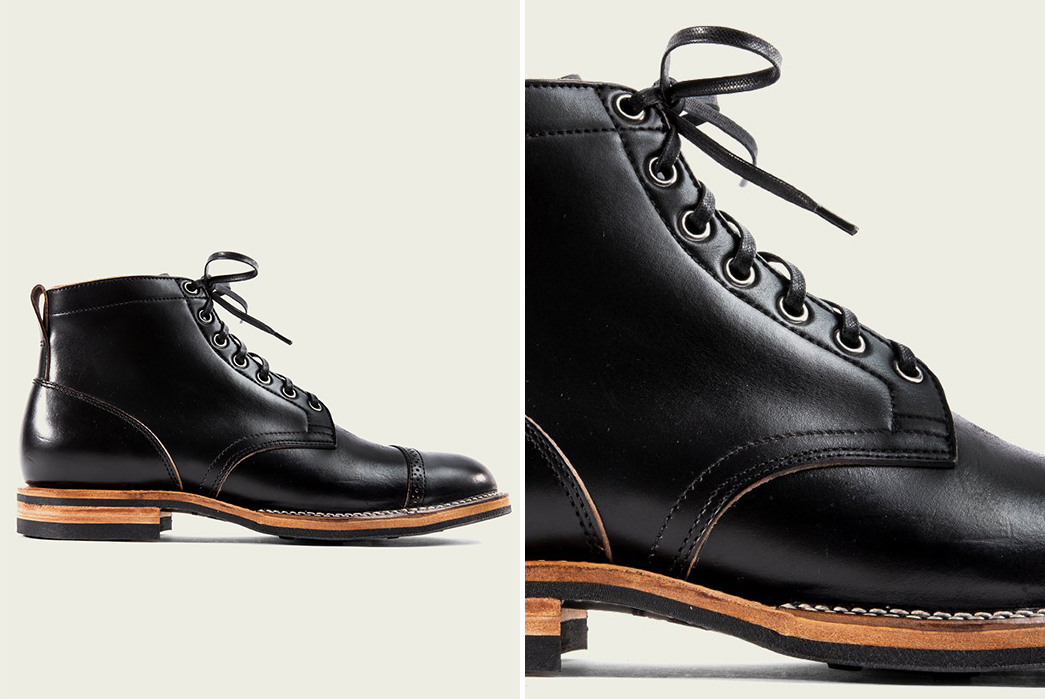
Visible eyelets. Image via Viberg.
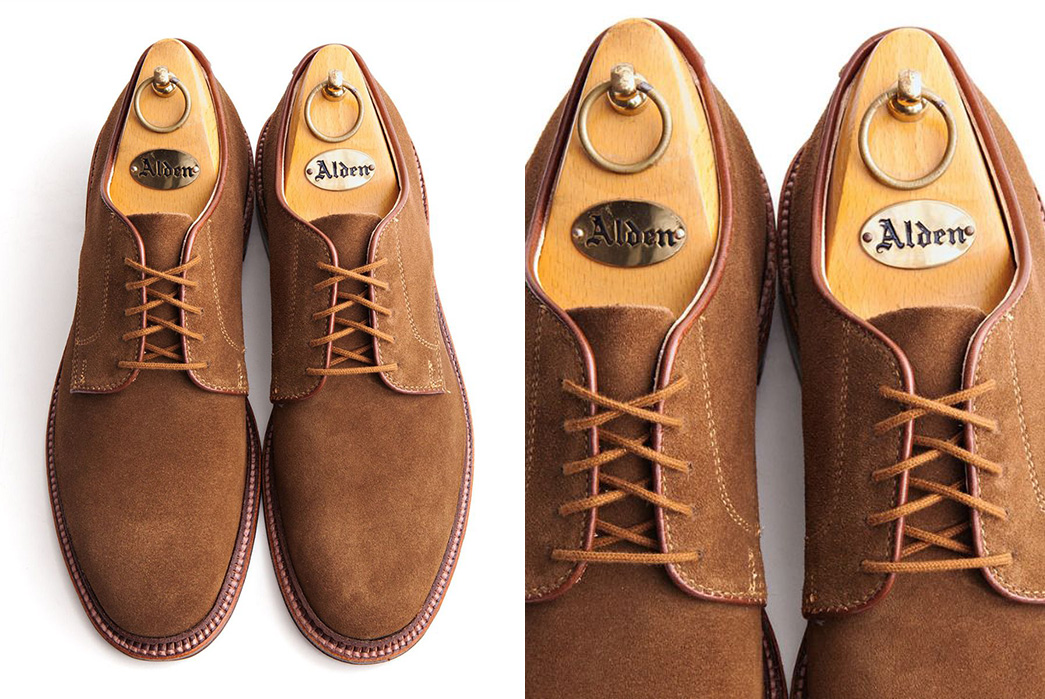
Hidden eyelets. Image via Leffot.
This is the most common type of eyelet and is made by punching a hole through the upper of a shoe. To provide structural integrity and prevent fabric from fraying, punched eyelets often are reinforced with metal which can either be visible from the outside or hidden. Hidden eyelets give shoes a cleaner aesthetic since the holes are smaller and are usually reinforced on the underside of the throat. Punched eyelets are the least obtrusive of any of the eyelets but are also the most difficult to adjust.
Webbing
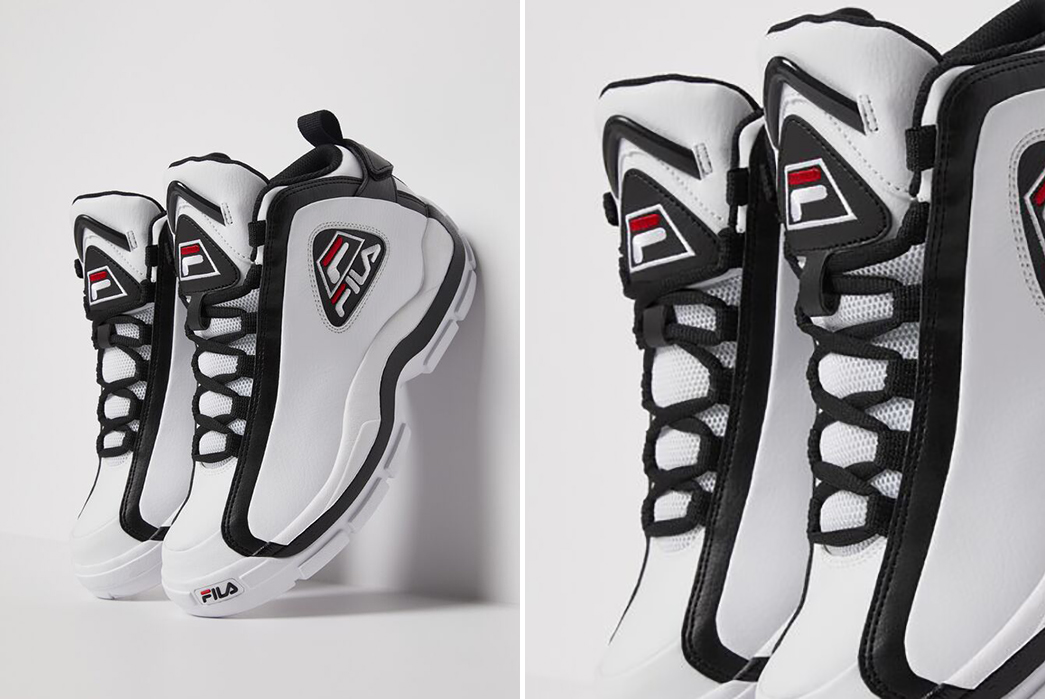
Image via Fila.
Webbing eyelets are most often seen in dance shoes but are also used in sneakers and some boots. They are made by attaching a piece of folded fabric or leather along the throat of a shoe. These eyelets are lighter and put less pressure on the foot which makes them ideal for many types of athletic shoes. Though webbing eyelets have these advantages, they are more prone to tearing.
D-Ring
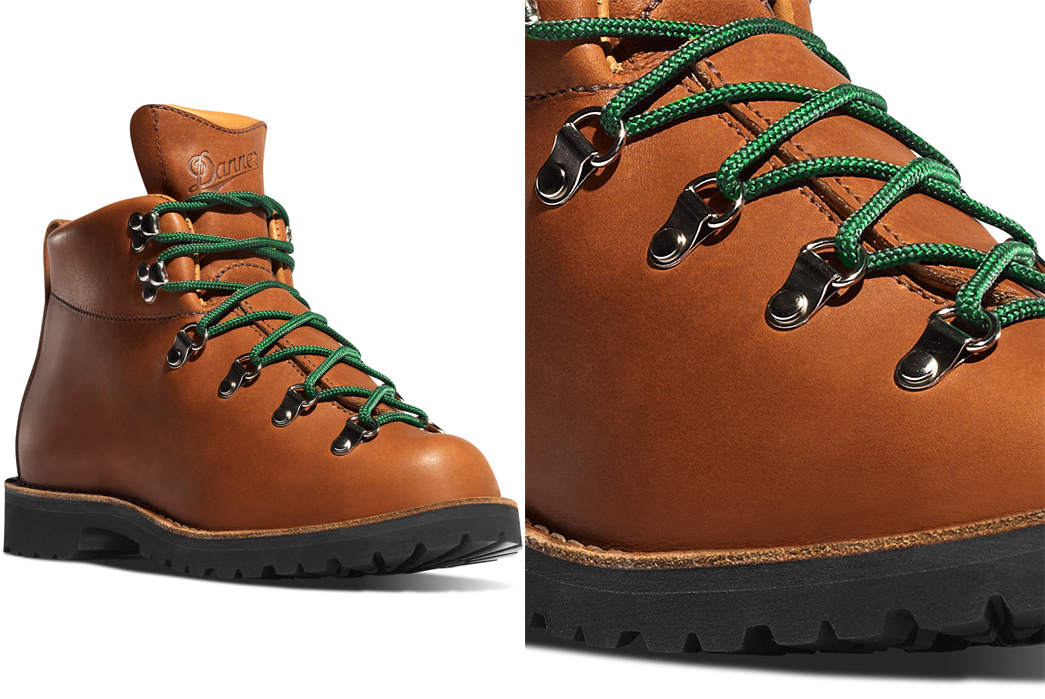
D-ring eyelets are a type of metal eyelet that is attached to the shoe using rivets. They function similarly to webbing eyelets, but are much more durable. However, the rivets can cause painful pressure points which makes D-ring eyelets better suited for shoes with thick, hard-wearing uppers. These can be seen on various types of boots including work boots, military boots, as well as hiking boots. D-ring eyelets have a larger opening compared to punched eyelets and provide some flexibility.
Hooked
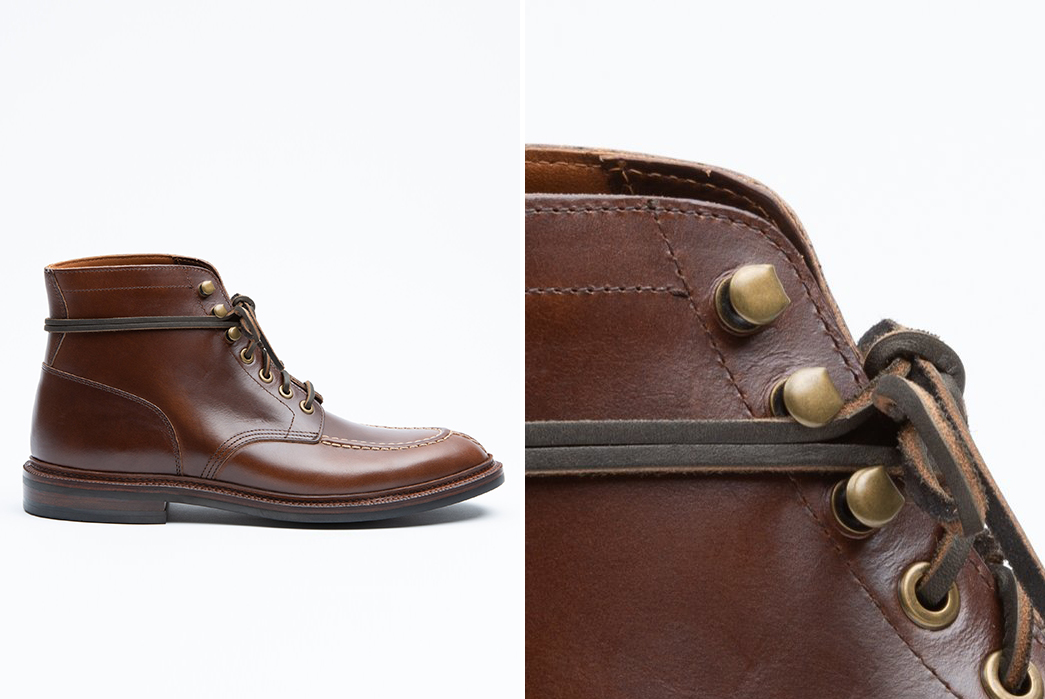
Image via Grant Stone.
Hooked eyelets, often referred to as ‘speed hooks’, are another type of metal eyelet usually seen on boots. Shoelaces loop to the hooks rather than being threaded through a hole which quickens the lacing and unlacing process. This advantage makes these eyelets ideal for boots since they take a longer time to put on because of their many eyelets. Usually, hooked eyelets are attached toward the top of a boot starting just above the ankle with threaded eyelets lower on the throat, where lacing tends to remain threaded. Hooked eyelets can also be attached to a punched eyelet, allowing the wearer to either thread or loop the shoelaces. While hooked eyelets are the quickest and easiest to lace, they also are the least secure.
Now that you’re familiar with the types of eyelets, which ones do you have in your shoe collection?
